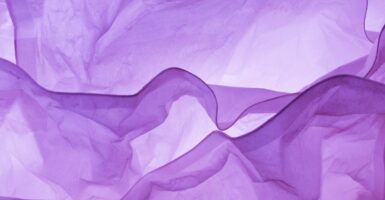The Color Purple Is Key To Finding Alien Life
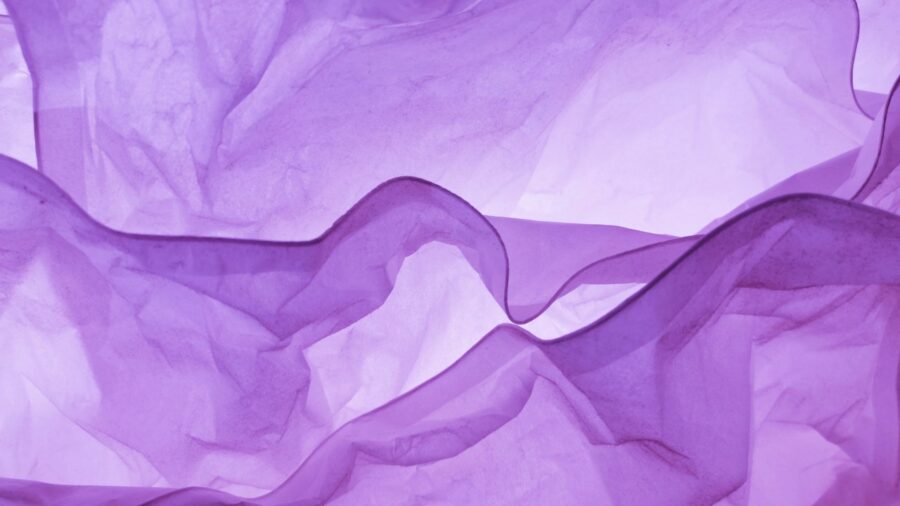
We’ve come a long way as a species since deeming our planet the center of the solar system, as we did in the 1500s. Indeed, NASA has confirmed the existence of more than 5,000 exoplanets in the vastness of the cosmos.
That said, our “pale blue dot,” as Karl Sagan coined it, remains unique, if only for its playing host to life. But scientists suggest that, as we expand our search for life well beyond the solar system, a fascinating and uniquely colored purple bacteria—a photosynthetic microbe able to flourish under alien suns—may be the thing to focus on.
The Purple Worlds

In other words, blue is so out; however, a surprising splash of another color, purple, is in.
The details surrounding this exciting purple bacteria and its implications for life in the cosmos were compiled in a new study published by Monthly Notices of the Royal Astronomical Society: Letters.
Fittingly, the study itself was undertaken by researchers at the Carl Sagan Institute. Their work advocates for a concerted focus on “purple worlds”–colonies of purple bacteria representing alien life.
The Bacteria
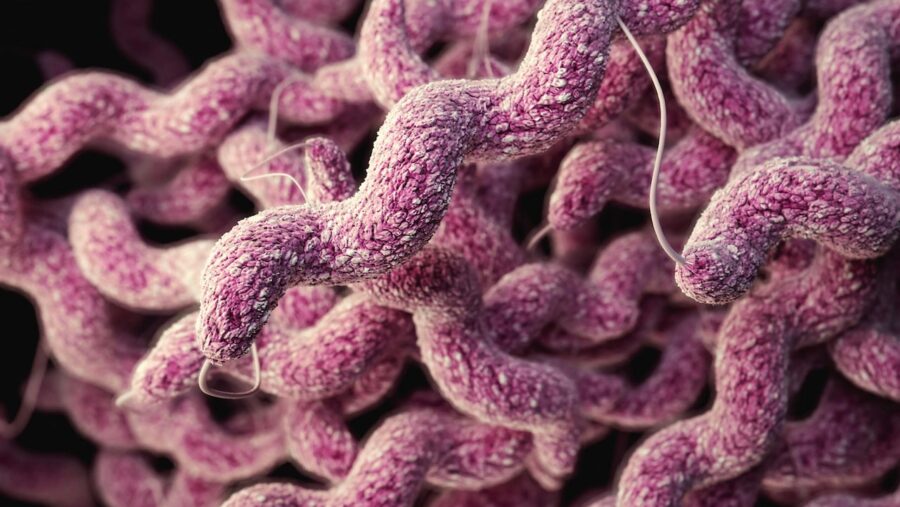
According to the experts, prioritizing these purple worlds is the most pragmatic means of discovering extraterrestrial life.
That said, we know extensively about purple bacteria because it is one of our planet’s oldest microorganisms; its lineage dates back three billion years.
A resilient microbe, purple bacteria can endure extreme environments and locations almost entirely lacking light or oxygen. They can also thrive in the ocean’s deepest depths or in virtually lightless marshlands.
Finding Alien Life
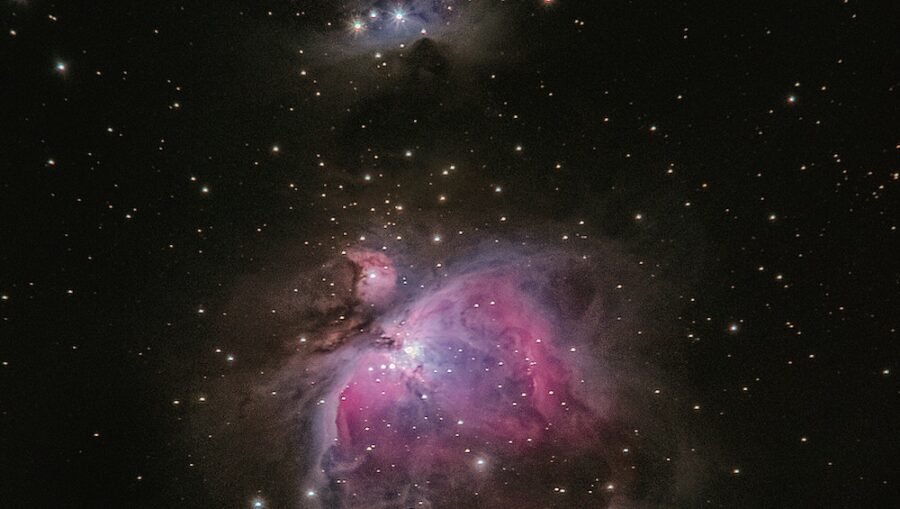
It is this incredible knack for adaption and proliferation, in the worst conditions, that motivates researchers to speculate this purple bacteria might constitute alien life.
Specifically, the bacteria could be found dominating planets orbiting red dwarf stars, which are the most common stars in our Milky Way galaxy.
The director of the esteemed Carl Sagan Institute and the study’s co-author, Lisa Kaltenegger, underscored the importance of expanding the parameters for scouring the cosmos for ET life.
She advised fashioning a database cataloging unlikely or unpredictable evidence of life, signs much stranger—or different from—our assumptions about life on the pale blue dot.
Vivid Biosignatures
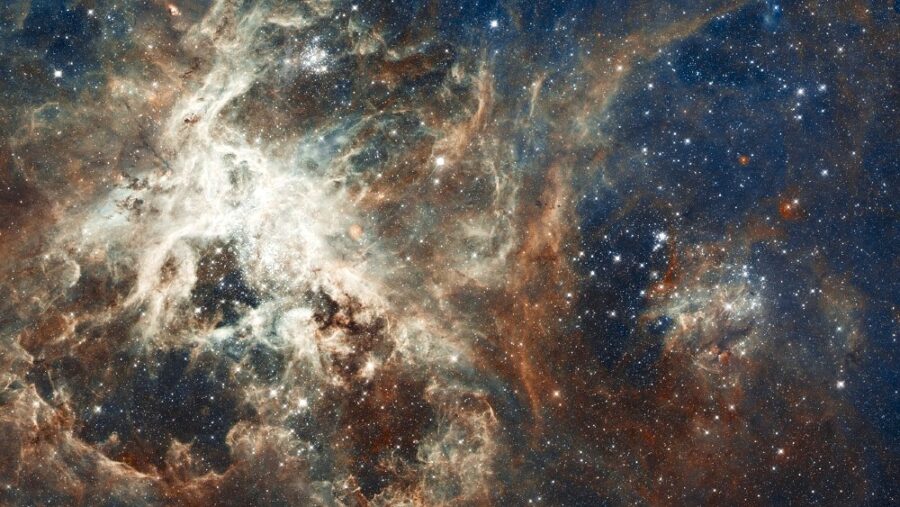
To ascertain how the purple bacteria might present itself or hint at alien life in the distant sky, the research team cultivated more than twenty strains of purple bacteria, either sulfur or non-sulfur varieties.
They then analyzed their biopigments and the unique light fingerprints emitted by these organisms.
The scientists discovered that each variety of the purple bacteria, whether wet or dry, could produce vivid biosignatures; moreover, these beautiful biosignatures are detectable via humanity’s cutting-edge, next-gen telescopes.
Microbials Could Be The New Life
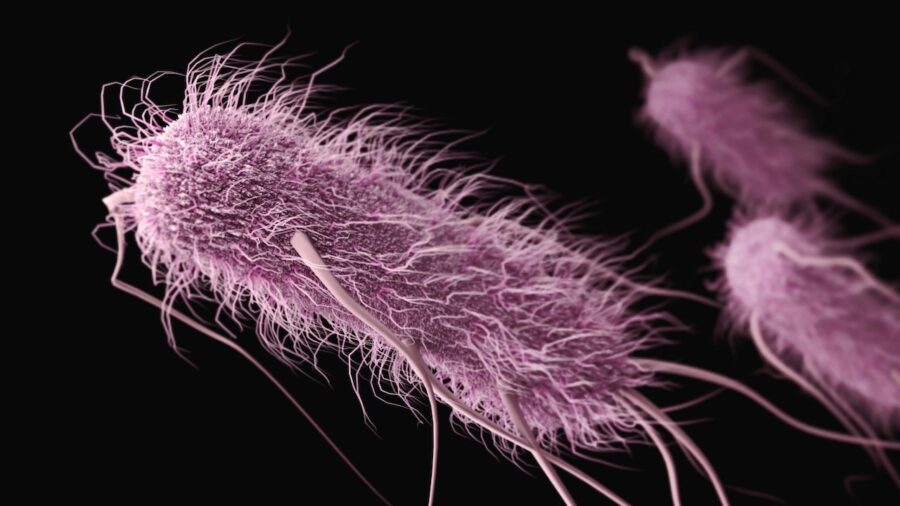
This brings us closer to imagining alien life, however microbial.
Sure, the increasingly likely manifestation of extraterrestrial life doesn’t resemble sci-fi tropes like flying saucers. But it offers humanity a realistic, viable model for what life on other planets amounts to.
A postdoctoral associate at the Carl Sagan Institute and first author of the study,
Lígia Fonseca Coelho stressed how incredibly adaptive the purple bacteria is and how this tenacity could prove the secret to enduring alien life in the most hostile landscapes.
Looking For Alien Life

By simulating extraterrestrial conditions, Coelho and the Sagan Institute team could forecast that purple bacteria would prosper, given the absence of competition from other, more Earthly lifeforms like plants and algae.
With the competition unable to survive on a planet orbiting a red dwarf, the purple microbes could enjoy photosynthesis all to themselves.
Perhaps most interestingly of all, the study revolutionizes our concepts of what does–and does not–comprise a habitable world.
Through purple microbes, we have a better idea of what to look for; armed with a better idea of what to look for, we’ll have a better idea of where to look to finally find alien life.
Source: Monthly Notices of Royal Astronomical Society: Letters









